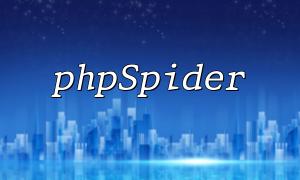With the rapid growth of the internet, websites and applications face increasing cybersecurity challenges. To protect user privacy and data, developers must adopt effective methods to strengthen system defenses. This article explores CAPTCHA generation techniques in PHP and CGI environments, and introduces various ways to prevent malicious attacks.
CAPTCHA is a widely used identity verification method that generates images containing random characters, requiring users to enter the correct text to verify themselves. Its primary purpose is to block automated scripts and malicious programs from attacking websites.
In PHP, the GD library can be used to generate CAPTCHA images. Below is a basic implementation example:
<?php
session_start();
$random_number = rand(1000, 9999);
$_SESSION['captcha'] = $random_number;
$image = imagecreate(100, 30);
$background_color = imagecolorallocate($image, 255, 255, 255);
$text_color = imagecolorallocate($image, 0, 0, 0);
imagestring($image, 5, 10, 10, $random_number, $text_color);
header('Content-type: image/png');
imagepng($image);
imagedestroy($image);
?>
This code generates a four-digit random number saved in the session, creates a 100x30 pixel image with specified background and text colors, then renders the number on the image and outputs it as a PNG.
In CGI environments, Perl’s GD module can achieve similar results. Here’s an example:
#!/usr/bin/perl
use GD;
$random_number = int(rand(9999));
$session->{captcha} = $random_number;
$image = new GD::Image(100, 30);
$background_color = $image->colorAllocate(255, 255, 255);
$text_color = $image->colorAllocate(0, 0, 0);
$image->string(gdSmallFont, 10, 10, $random_number, $text_color);
print "Content-type: image/png\n\n";
print $image->png;
This script generates a four-digit random number, stores it in the session, creates an image, sets colors, and outputs the CAPTCHA as a PNG image.
Beyond CAPTCHA technology, multiple methods help enhance website security:
This article has provided a detailed overview of CAPTCHA generation techniques in PHP and CGI, along with effective strategies to prevent malicious attacks. By using CAPTCHAs, strict input validation, access restrictions, and timely patching, website security can be significantly improved. Developers should choose and combine security measures based on their specific needs to comprehensively protect user data and privacy.









